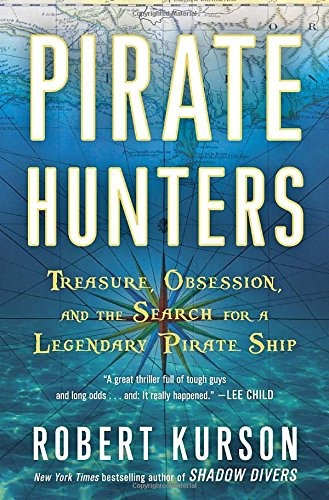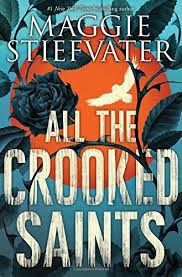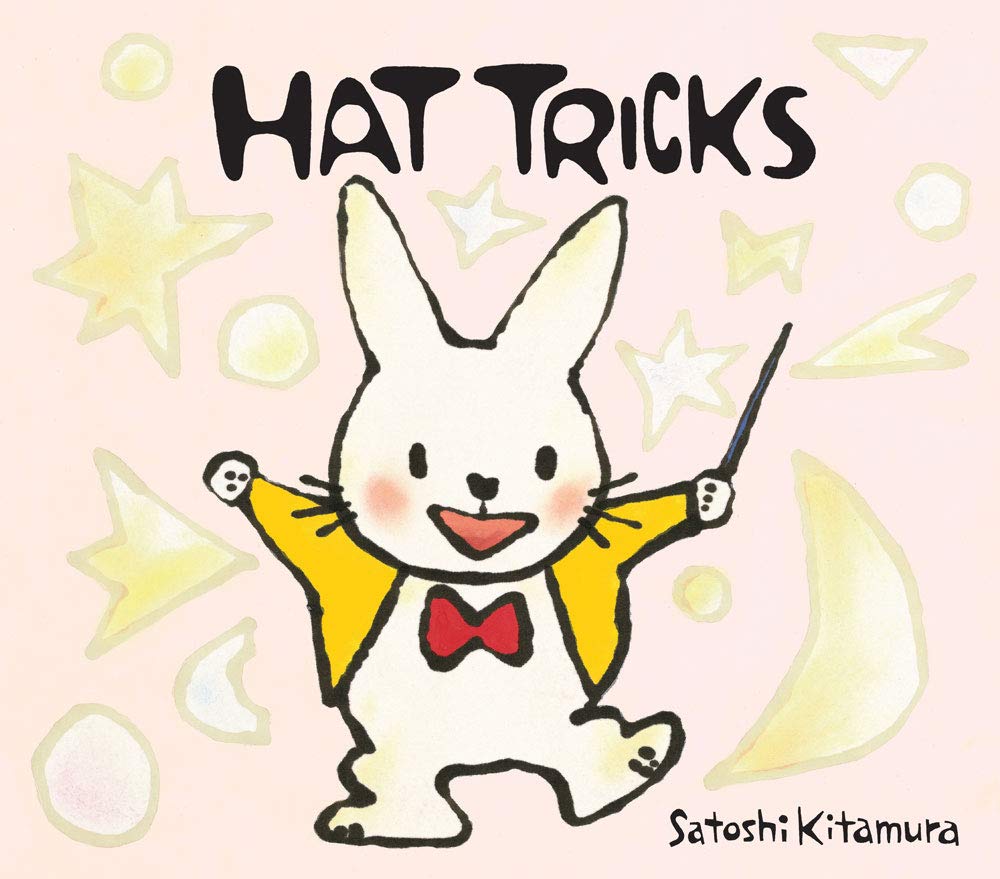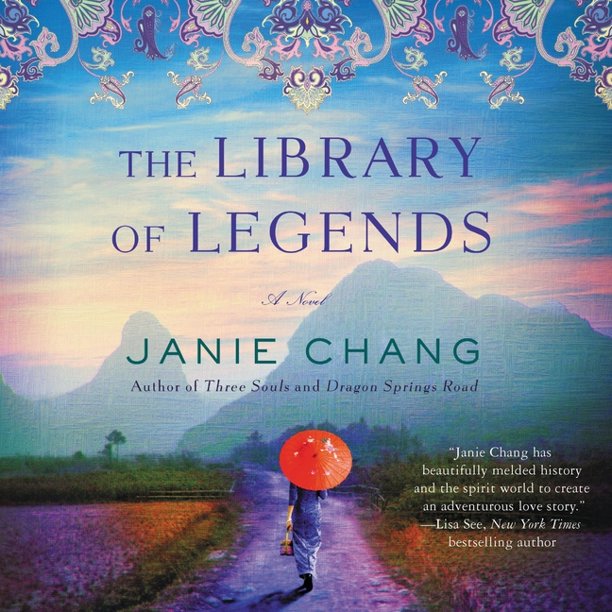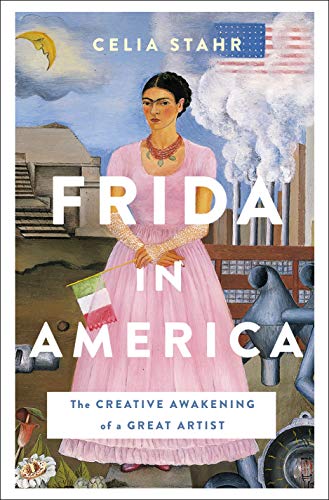Another Winner from Tana French
By Marcia Allen, Collection Services Manager
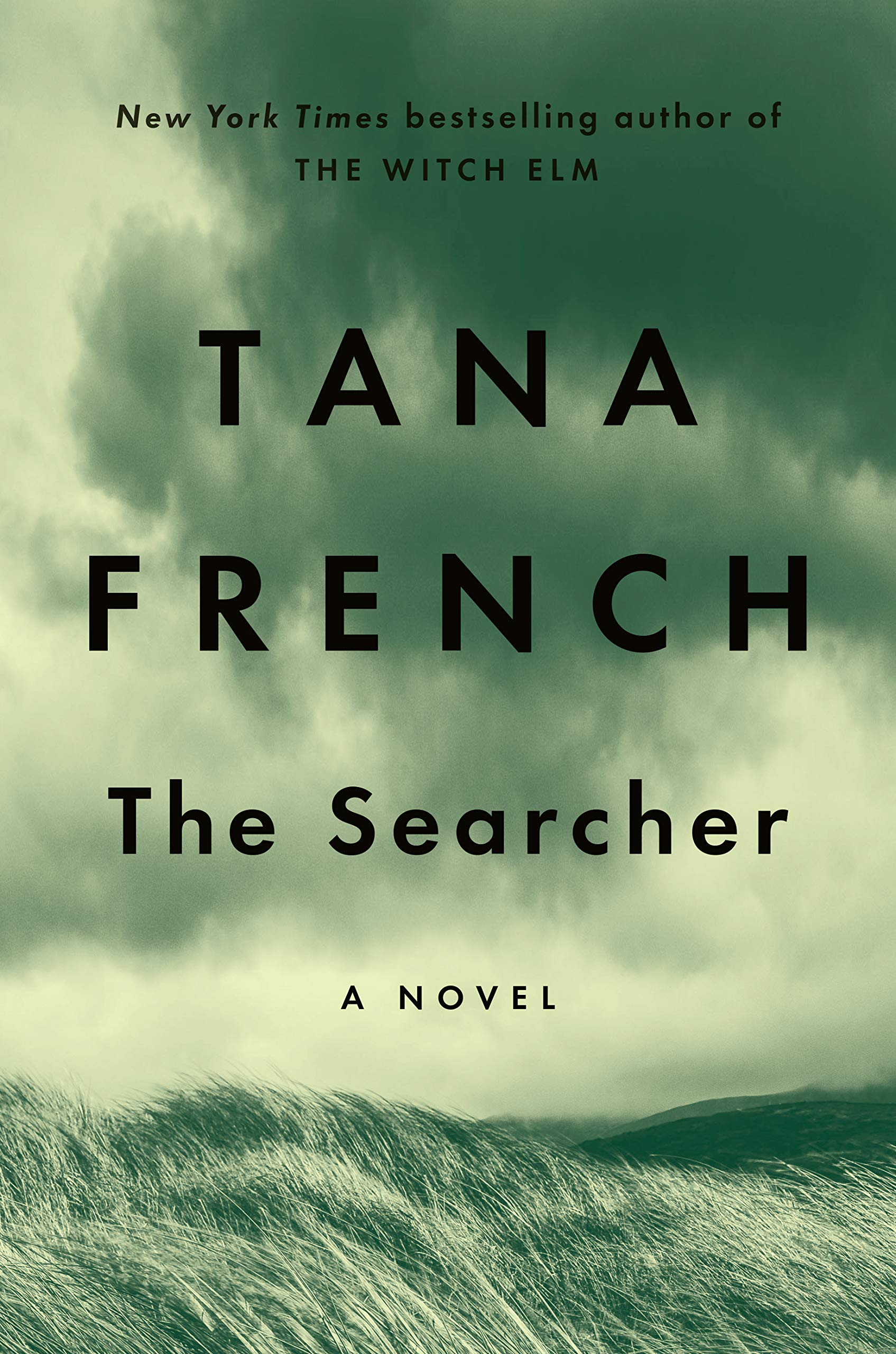 Tana French is a highly regarded Irish mystery writer. Books like “The Witch Elm,” which was lauded by The New York Times, and “In the Woods,” which NPR and The Washington Post praised, earned her a quick following. Typically, she writes of the investigations of the Dublin Murder Squad, in a series that tends to be gritty and intricately plotted, but her latest book, “The Searcher,” is altogether different. This shapes up to be the efforts of a decent man trying to help a neglected child discover what happened to a missing brother.
Tana French is a highly regarded Irish mystery writer. Books like “The Witch Elm,” which was lauded by The New York Times, and “In the Woods,” which NPR and The Washington Post praised, earned her a quick following. Typically, she writes of the investigations of the Dublin Murder Squad, in a series that tends to be gritty and intricately plotted, but her latest book, “The Searcher,” is altogether different. This shapes up to be the efforts of a decent man trying to help a neglected child discover what happened to a missing brother.
Cal Hooper is a former detective with the Chicago police, whose marriage failed and whose daughter is somewhat distanced from him. He tired of his position, so left and relocated to an isolated coast of Ireland village, seeking some other life. Having purchased a long-neglected and moldy cottage, he sets about to repair it and begins fitting in with the local villagers who are now his neighbors.
Early on, he realizes his restorations are being observed, so he sneaks about and almost captures a child. When the child returns later, Cal introduces himself and begins a one-sided conversation with the semi-feral Trey, hoping to gain some trust. He asks for Trey’s assistance in working on an old desk, and in return, offers food and companionship to the child.
He soon learns that the child has sought him out for a particular purpose: Trey’s brother has been missing for some time, and the presence of objects he should have taken with him indicates that his disappearance was both sudden and unplanned. Having left police work behind, Cal is in no hurry to take up Trey’s cause, but the child keeps pushing, and Cal determines to learn what he can.
Given that Cal lives in a very small village, word travels fast about all the questions that he’s asking, and a few individuals have reasons to deflect him from his investigation. His persistence places him in jeopardy, and his is not the only safety at stake. Then the unexpected occurs.
But, where is the appeal in the book? For starters, Cal is a decent man who can’t resist the urge to help the downtrodden. Obstacles and veiled threats do not dissuade him from his quest. He recognizes the hurt and loss in Trey and vows to find answers. And he has the subtle art or asking the right questions in a roundabout way, mastered by years of police work.
Too, there is so much local color in the novel. His neighborly buddy, Mart, for example monitors Cal’s work on his house, as well as his questioning of the villagers. And Mart has a quirky way of viewing the world that humors Cal. The local pub provides the perfect backdrop for all kinds of interactions, including some outrageous tall tales. And Cal’s new friend, Lena, offers not only a puppy, but also some critical assistance during some brutal situations.
And surprises in the plotting are totally unexpected. Cal completely misreads a particular situation, as do we readers, so that changes the course of the story. One friendship turns out to be something entirely different that poses a clear threat. One character resorts to physical brutality in a dreadful situation for which there are no clear answers. No reader will anticipate some of the odd tangents in the story.
But the beauty of the book comes back to the friendship forming between a neglected child and a man who can’t ignore those needs. When the time comes to share truths with Trey, Cal does not hold back. He delivers needed evidence to bring the disappearance to a close. Despite those really ugly truths, however, this mystery is one of compassion and understanding. It will leave you with the satisfied sense of dreadful wrongs having finally been righted. You’ll not regret reading Tana French’s “The Searcher.”


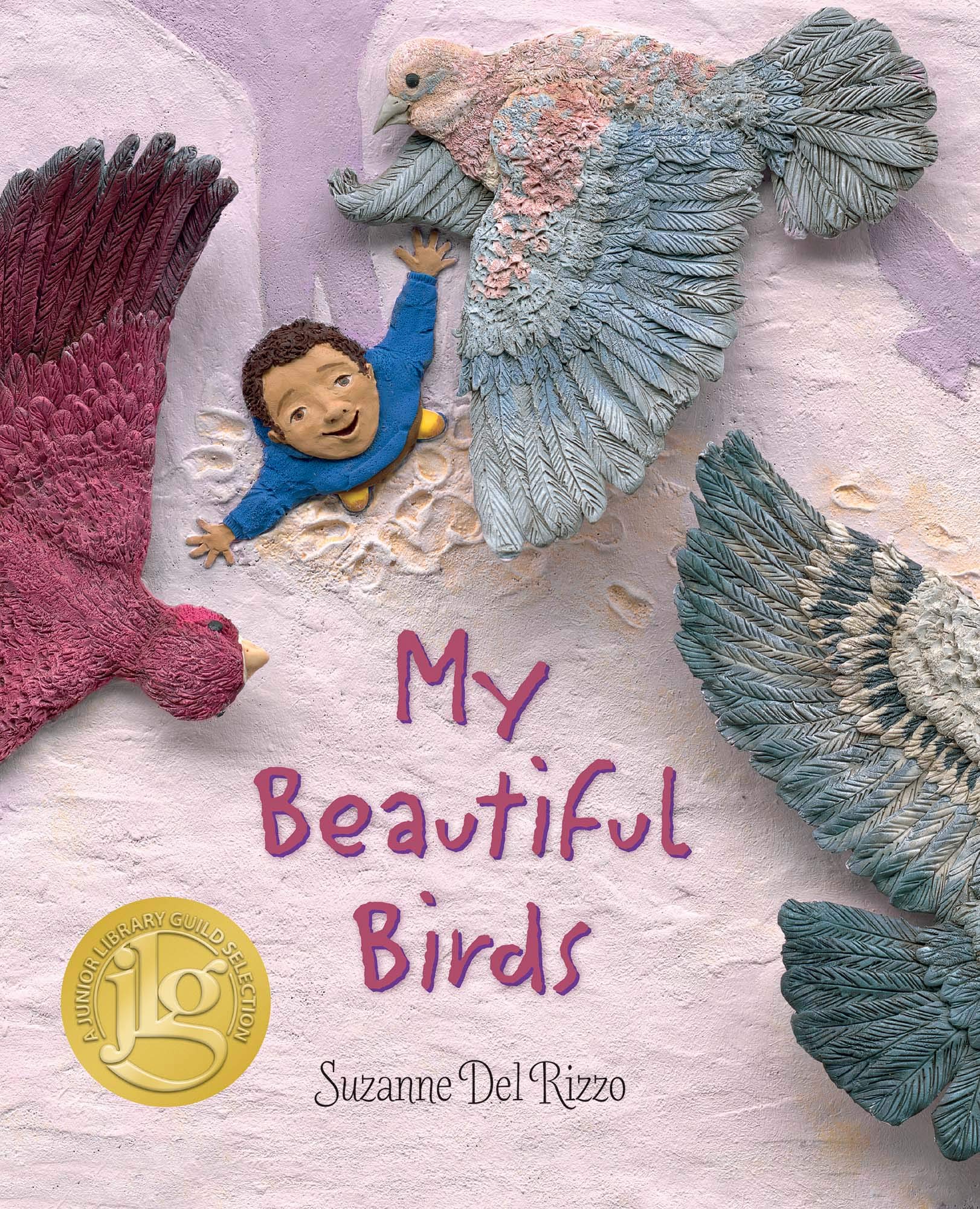 Victoria Jamieson, author of
Victoria Jamieson, author of 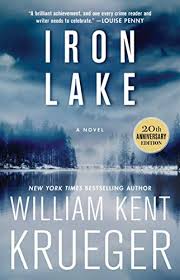 “Iron Lake” by William Kent Krueger
“Iron Lake” by William Kent Krueger

